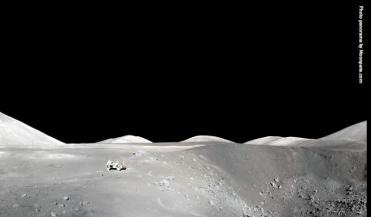 October 2024
Lunar construction with regolith and robots
October 2024
Lunar construction with regolith and robots
... the lunar average due to the Moon’s characteristic Na-depletion. The loss on ignition (LOI), indicating the total volatile content in the rock, is about 1 percent, which is higher than expected for lunar anorthosites, as no liquid water is present...
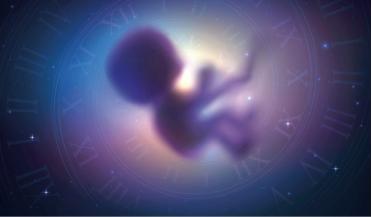 April 2025
A bun in the (space) oven - Reasons not to get pregnant while going around Earth at 7.8 kilometres per second
April 2025
A bun in the (space) oven - Reasons not to get pregnant while going around Earth at 7.8 kilometres per second
... may be other issues; when any new equipment goes to the ISS, it has to be carefully checked for what volatile organic compounds it emits. Think about it this way - when a new computer arrives at your house, fresh from...
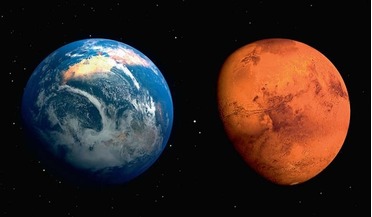 02 December 2014
MAVEN studies Martian atmosphere
02 December 2014
MAVEN studies Martian atmosphere
Swinging into Mars orbit on 22 September 2014, NASA’s Mars Atmosphere and Volatile EvolutioN (MAVEN) mission commenced its study of the Martian atmosphere. It is seeking answers as to why Mars has lost ...
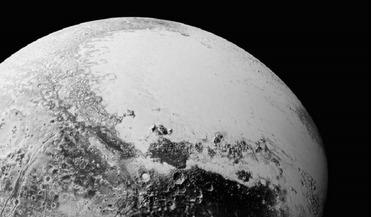 25 January 2016
Permanent N2 icecap at Pluto’s north pole may be responsible for an expanding atmosphere
25 January 2016
Permanent N2 icecap at Pluto’s north pole may be responsible for an expanding atmosphere
... heliocentric distance of Pluto varies with its distance from the Sun, so too does the temperature of the volatile ices as a result of the amount of solar radiation that reaches Pluto’s surface. This has a knock-on effect on the...
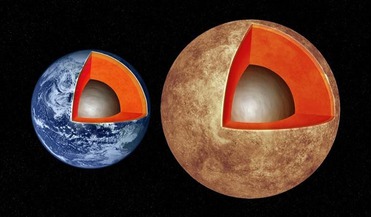 09 February 2016
Are Earth-like worlds built like Earth?
09 February 2016
Are Earth-like worlds built like Earth?
... and team also found that planets larger than approximately six Earth masses contain significant fractions of volatiles or hydrogen/helium gas and that these planets appear to have a diversity of compositions that is not well-explained...
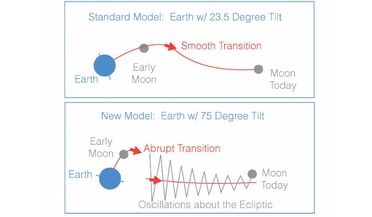 01 November 2016
New twist on Moon formation helps explain its weird orbit
01 November 2016
New twist on Moon formation helps explain its weird orbit
... composition help substantiate this theory, as the Moon is made of almost the same stuff as Earth, minus some volatile compounds that evaporated long ago. But this one simple feature makes the Moon very distinct...